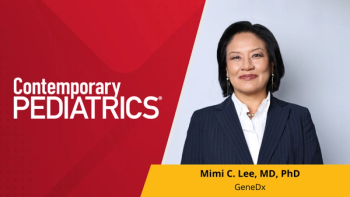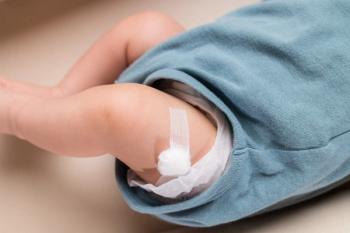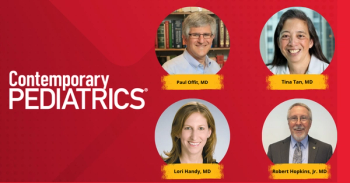
Managing acne in pediatric patients with Ingrid Polcari, MD
Ingrid Polcari, MD, discusses acne severity, treatment options, and the importance of persistence and open discussion in pediatric care.
At the American Academy of Pediatrics (AAP) 2025 National Conference & Exhibition, Ingrid Polcari, MD, associate professor of dermatology and pediatrics at the University of Minnesota, discussed practical considerations in acne management.
In this Q&A with Contemporary Pediatrics, Polcari addressed how to distinguish acne severity, updates in treatment guidelines, the importance of shared decision-making with families, and why persistence is key to effective therapy.
Contemporary Pediatrics:
Acne is such a common diagnosis in pediatric practice—what are the key steps in distinguishing mild, moderate, and severe cases to guide treatment appropriately?
Ingrid Polcari, MD:
Mild acne is typically limited to the face, and it's typically just a small pimple. When we talk about moderate acne, it often involves the entire face, the chest, and the back, and those are the cases where you might have to think about systemic therapy. Severe acne is usually defined by scarring of the skin, and that's the type of acne where, really, we should be using the systemic agents and even stronger medications like isotretinoin.
Contemporary Pediatrics:
How do you recommend integrating the latest clinical practice guidelines into everyday management, particularly in busy primary care settings?
Polcari:
The good news is that the guidelines for acne care have changed very little over the years. We have many acne treatments available that are safe and effective, and the most recent guidelines do a really nice job of laying that out for the pediatrician.
Contemporary Pediatrics:
What considerations should pediatricians keep in mind when initiating systemic therapies for acne, including antibiotics, hormonal treatments, or isotretinoin?
Polcari:
I think it's really important to know how much the acne is affecting the patient. We shouldn't just assume whether a child needs treatment or wants treatment. Or wants treatment, we should have a really open discussion with them when we're thinking about using systemic treatments, it's all risks vs benefits. Unfortunately, there's no systemic treatment that has 0 side effects, so you have a lot of informed consent and discussion with the family before starting any of those medicines.
Contemporary Pediatrics:
How do you approach counseling adolescents and their families about treatment expectations, adherence, and the psychosocial impact of acne?
Polcari:
So, sometimes when I'm treating my acne patients, I feel like I have to give a pep talk and tell them that they have to really hang in there for their acne medicines to work. Many of our topical therapies take 3 months to start working, so I asked them to hang in there, stick with it, and then if we visit in 3 months and they're still not where they want to be, we can make a change.
Disclosure:
Polcari reports no relevant disclosures.
Newsletter
Access practical, evidence-based guidance to support better care for our youngest patients. Join our email list for the latest clinical updates.








